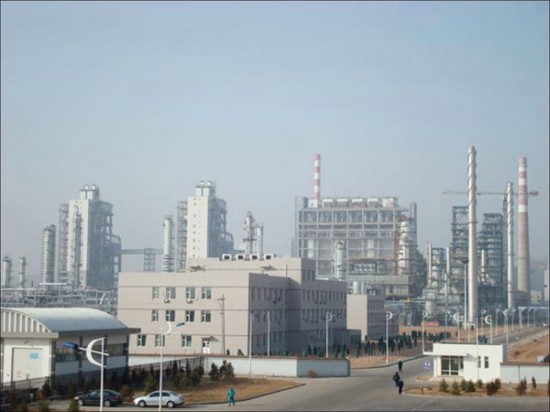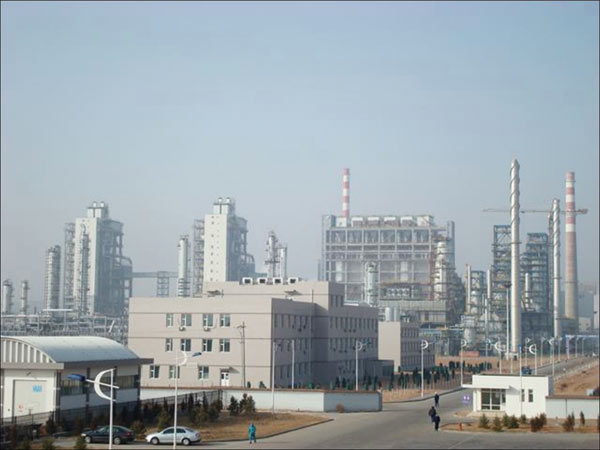Sustainable Energy
Beijing Sees Future in Liquefied Coal



With a shortage of domestic oil and an automobile market that’s now the world’s biggest, China has begun a large-scale program to transform its abundant coal resources into motor fuels. It’s already home to the world’s largest coal liquefaction plant–a facility in Inner Mongolia that reached its full capacity last year and can now pump out a million gallons of diesel fuel per day.
The plant made China only the second country in the world, after South Africa, to successfully derive liquid fuels from coal on a commercial scale. Built by coal producer Shenhua Group, the facility uses the heat and hydrogen generated by gasifying a small amount of coal to brew a wet slurry made from a second stream of coal into diesel fuel. The process makes economic sense but inflicts an environmental double whammy. Simply making the fuel produces prodigious amounts of carbon dioxide, even before the fuel itself is burned. It also uses enormous amounts of another scarce Chinese commodity: water.
 Despite these negatives, China will keep pursuing the technology. “They do not have a better way to meet this need,” says Qingyun Sun, a coal-to-liquids expert at West Virginia University. Indeed, Shenhua Group is planning to quintuple its coal-to-diesel capacity by 2013. And that company is not the only player involved.
Despite these negatives, China will keep pursuing the technology. “They do not have a better way to meet this need,” says Qingyun Sun, a coal-to-liquids expert at West Virginia University. Indeed, Shenhua Group is planning to quintuple its coal-to-diesel capacity by 2013. And that company is not the only player involved.
Other Chinese plants are turning coal into methanol and catalytically synthesizing gasified coal into a variety of chemical commodities. Since 2007, Chinese fuel marketers have been blending a billion gallons or more into gasoline at the pump. To try to mitigate emissions, Shenhua has started a small carbon sequestration project that is expected to inject 100,000 tons of carbon dioxide into a deep saline aquifer by the end of this year. Its vast plant can potentially capture 2.9 million tons of carbon dioxide annually–about four-fifths of the plant’s emissions.